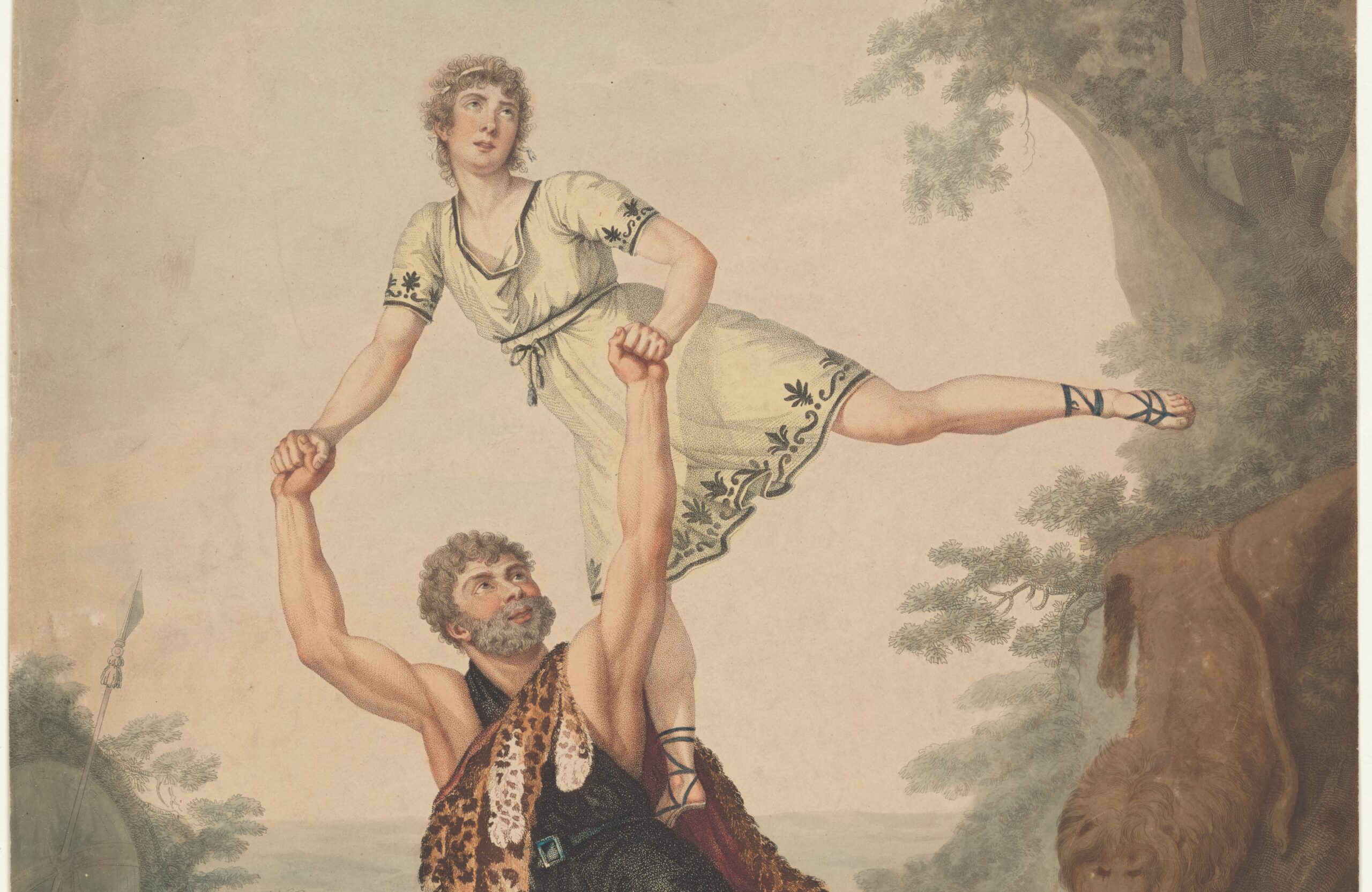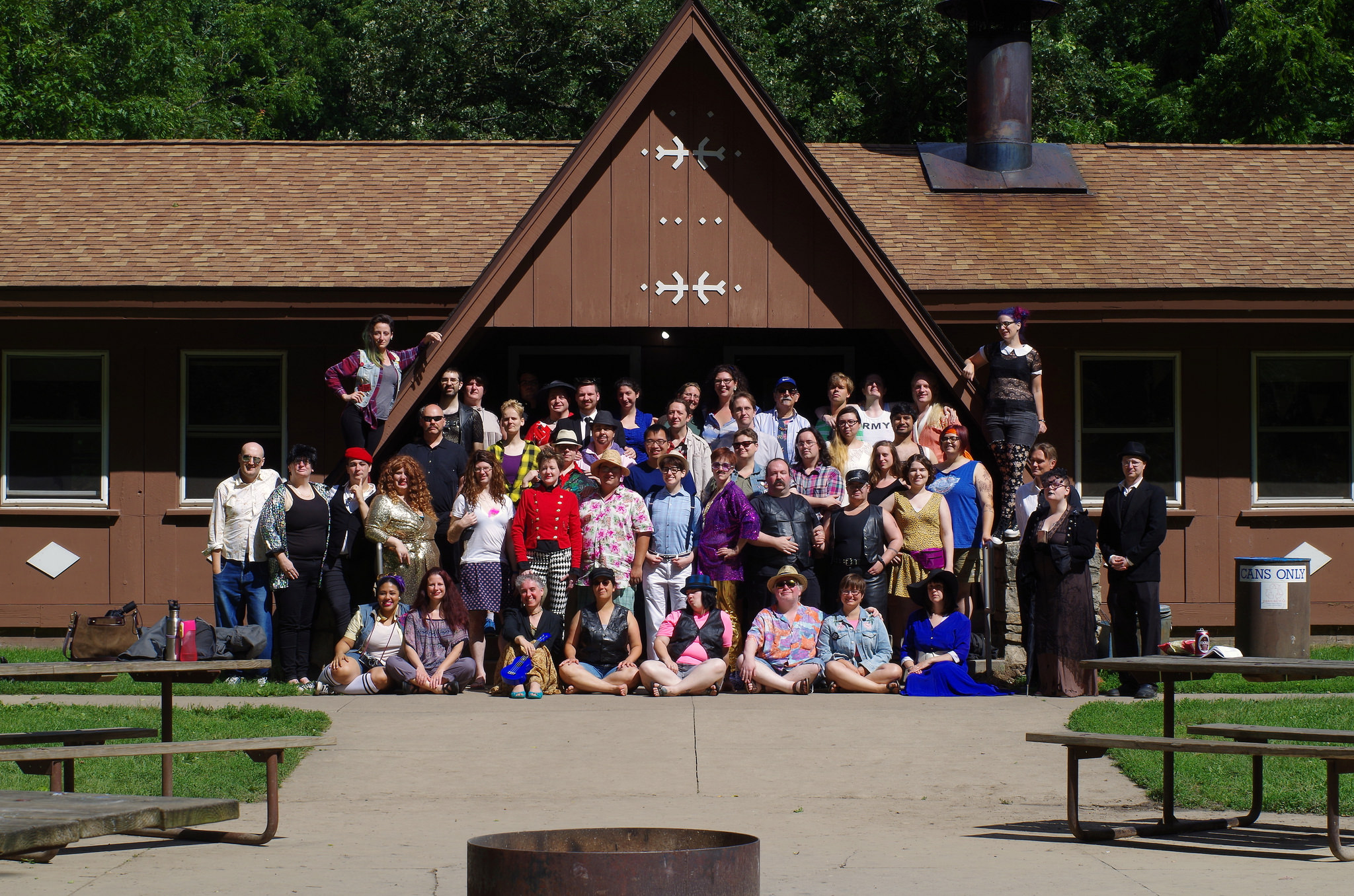Category: Knutpunkt 2018
Articles written as companion pieces to the larp conference Knutpunkt 2018.
The following tracks are represented in the articles:
Hearts – Designer and organiser reflections
Diamonds – Tools, tips and tricks for larp designers and organizers
Clubs – Tools, tips and tricks for players
Spades – Larp analysis, discussion and reflection
Joker – Discussions and reflections on the larp community
-

Emergence, Iteration, and Reincorporation in Larp
in
This essay proposes an aesthetic model for apprehending narrative and play, in-game and out-of-game experiences in terms of emergence, iteration, and reincorporation. Emergence can be judged with respect to its cultivation of the themes of the larp. Iteration regards the variance and rhythms of a specific game as it repeats material to support its themes.…
-

The Operations Behind the Road Trip Experience
in
In 2017 I was the business operations lead for the Roadtrip “rock band” larp that traveled across the United States, and never before have I dealt with such unique operations related complications in my life. The Roadtrip Experience was a joint project between the Imagine Nation Collective and Dziobak Larp Studios. In this pervasive larp
-

Let’s Play with Fire! Using Risk and its Power for Personal Transformation
in
A current trend in larping focuses on extensive safety and consent techniques protecting the participants from harm. Yet people participate in, enjoy, and are profoundly transformed by risky experiences. There are potentially immense personal benefits within a designed experience that effectively uses and manages risk.
-

The Narrative Experience
in
The narrative experience is defined as a practical approach to larp design focused on narrativism. Through study of narrative inclined players and the toolbox of narrative concepts that are applied in contemporary larp design and larp culture the article attempts to create groundwork for the design of narrative focused larps; including a suggested redefinition of…
-

Group Improvisation of Larp Rituals
in
This article describes a 30-minute workshop which teaches on-the-spot collective improvisation of fake rituals for larp purposes.
-

Waiting Before the Beginning
in
This article looks at the waiting time before a game or a larp. It sees this time as part of the experience, and claims, that if we design this time properly, we will help our players be in a proper state of mind before the game. The article also gives practical examples and tools on…
-

Play to Lift, not Just to Lose
in
If we can trust that other players will Lift us to wins, we can focus on Playing to Lose. This article argues that the two techniques – Play to Lift, Play to Lose – are often most effective when used in tandem.
-

Designing the Volunteer Experience
in
When producing larps we often rely on the help of volunteers. But we are currently not actively looking at the volunteer experience from a design perspective. This article proposes several ways of looking at volunteer experiences and the way we can specifically design for those to be successful.
-

Just a Little Lovin’ USA 2017
in
This essay recounts the organizer experience of running the Norwegian larp Just a Little Lovin’ in the USA in 2017. It specifically recounts challenges encountered with securing the site, managing controversy around the larp, and adapting it to US larpers.
-

The Larp Domino Effect
in
This article discusses some of the pros and cons of this larp domino effect, in which content from one area of the game spreads throughout the fiction like a wildfire as the result of emergent play. In larps where the content is “seeded” by game masters through the character sheets or delivered via non-player characters…